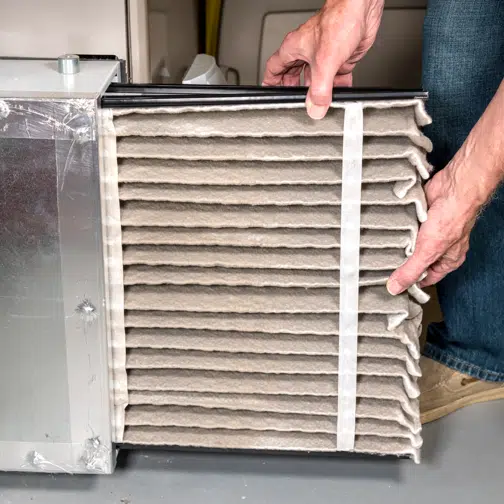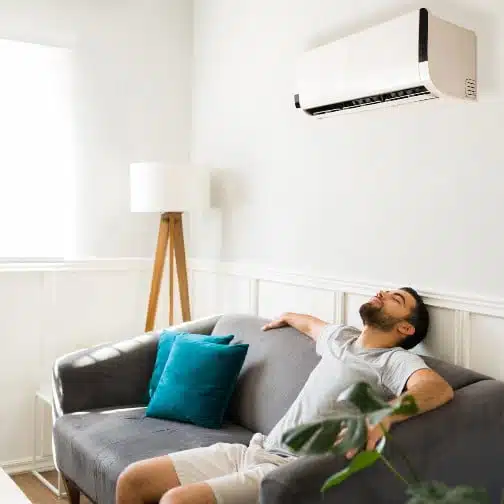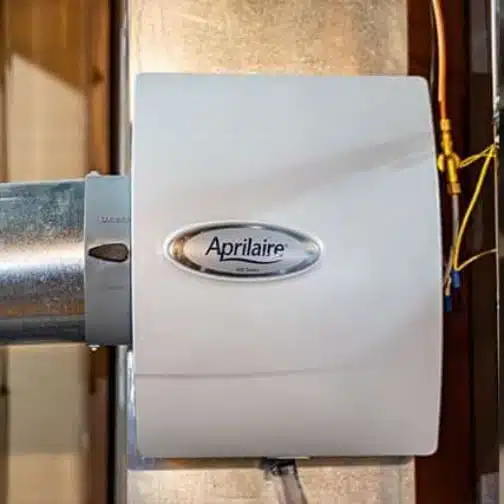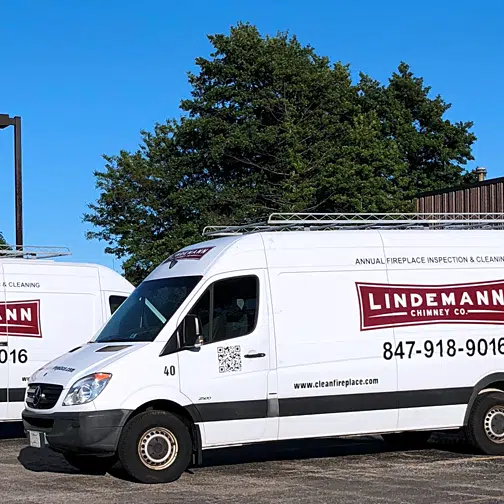Maintaining A Healthy Home
Indoor Air Quality
Indoor air quality is crucial in maintaining a healthy home environment, free from pollution and mold. Schedule your appointment today for clean indoor air.
Schedule Appointment
A Service Company You Can Trust
Improving Your Air
Measuring and Improving Your Home's Air Quality
To measure your home’s air quality, you can use a variety of tools, including air quality monitors, humidity meters, and carbon monoxide detectors. These tools will give you a baseline reading of your home’s air quality and allow you to track changes over time.
Monitors are usually ‘plug and play’ and don’t require much maintenance. We recommend you take advantage of these tools and find out more about the air quality of your home. Here are some of the ways you can keep your home air of the highest quality.
1. Keep It Smoke-Free
One of the easiest ways to improve your home’s air quality is to keep it clean. Make sure to keep your home smoke-free. Secondhand smoke can be a major contributor to poor indoor air quality.
2. Maintenance & Care for Your Whole Home Humidifier
Another important step in improving your home’s air quality is to change the filters in your HVAC system regularly. These filters help remove pollutants from the air. Make sure to choose the right filter for your system and replace it as recommended by the manufacturer.
Maintaining proper moisture levels in your home is also important for air quality. A whole home humidifier can help. It’s also important to schedule regular maintenance for your humidifier to ensure that it’s working properly and that there is no mold buildup.
3. Improve a ‘Leaky’ Home
Air leaks can also contribute to poor indoor air quality. To improve a leaking home, you can start by sealing any gaps or cracks in your walls and floors. Weather-stripping and caulk can also be used to seal gaps around windows and doors. This will help prevent drafts and improve your home’s air quality.
This will help prevent drafts and prevent outside pollutants from entering your home. Replacing old doors and windows can also be a great way to improve your home’s air quality. Additionally, leaks can come through attics and crawl spaces. Sealing these cracks and gaps will ensure your home is properly insulated for another easy way to improve air quality in your home.
4. Upgrade Your Home Filters to an Air Cleaning System
Another option to improve your home’s air quality is to upgrade your home filters to an air cleaning system. These systems are designed to capture a greater level of contaminants and pollutants, including chemicals, gasses, and particles. These systems can be more effective than traditional filters and can improve the overall air quality in your home.
5. Odor Control Features
An air cleaning system can also come with an odor control feature, which can help eliminate bad smells and odors in your home. These systems often have larger filters, which can capture greater levels of contaminants and pollutants.








